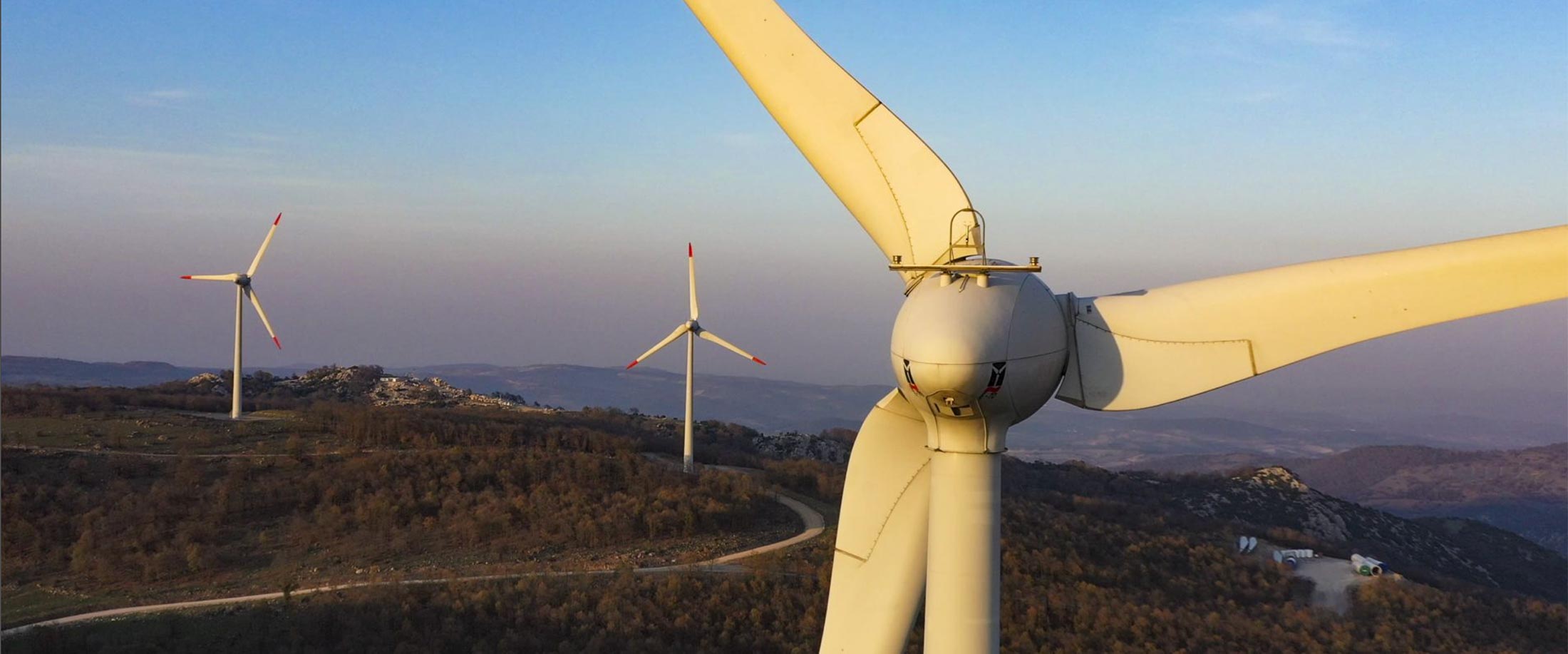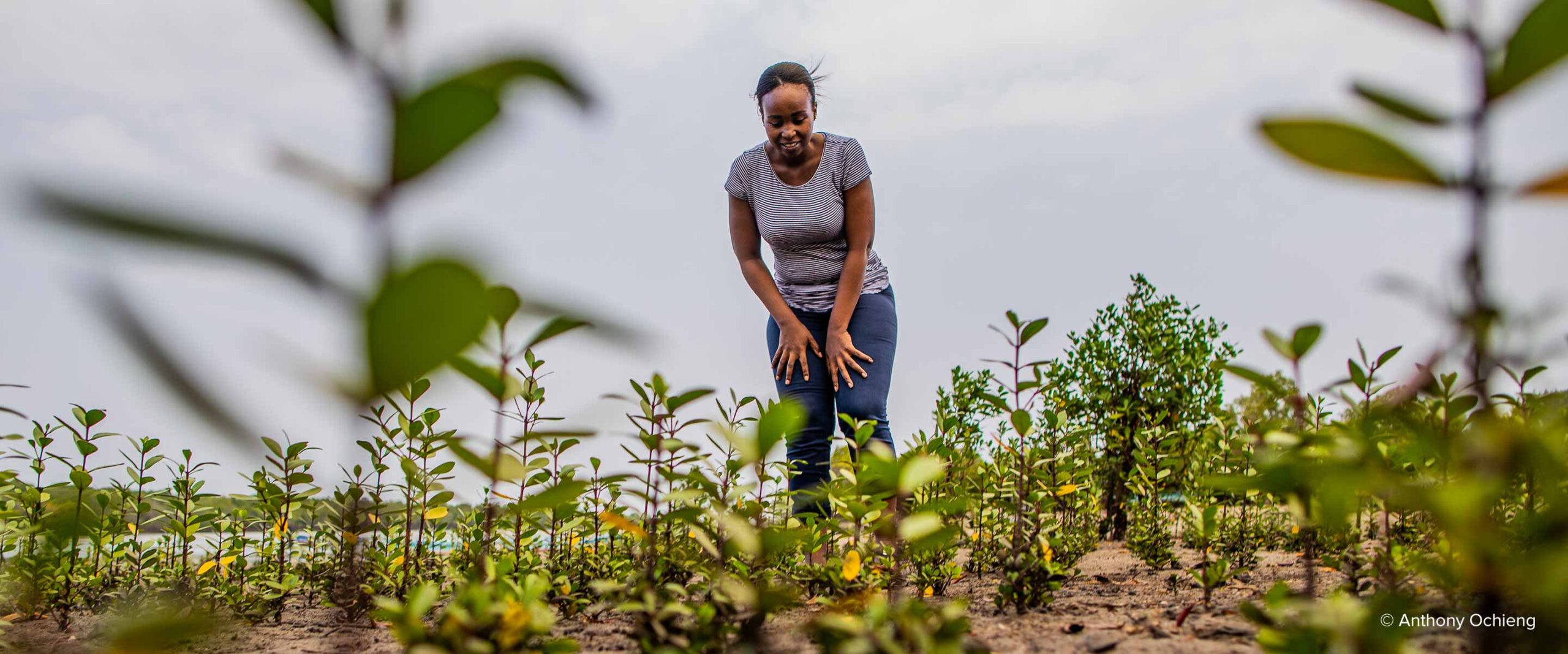
Mikoko Pamoja is a community-based project that is protecting and restoring mangrove forests along Kenya’s southern coast. By conserving these valuable blue carbon ecosystems and creating livelihood opportunities, the project is fostering marine health and improving the resilience of coastal communities. Funds from carbon offsets support community initiatives that supply...
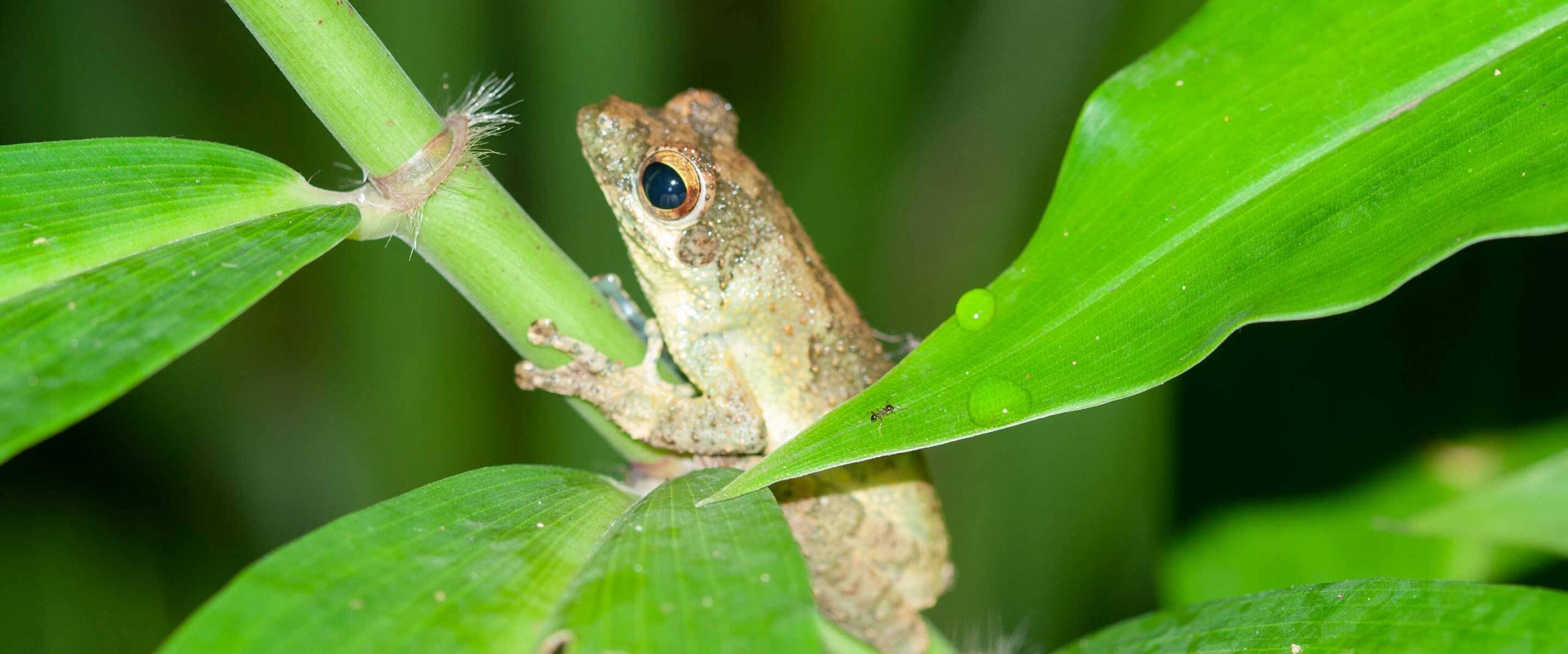
This project protects a large swath of rainforest in the Congo Basin by encouraging sustainable agricultural practices and reducing deforestation. By advancing education, healthcare, and economic opportunities, the project also improves the quality of life of local communities. Where & Why The Isangi Territory lies at the heart of the...
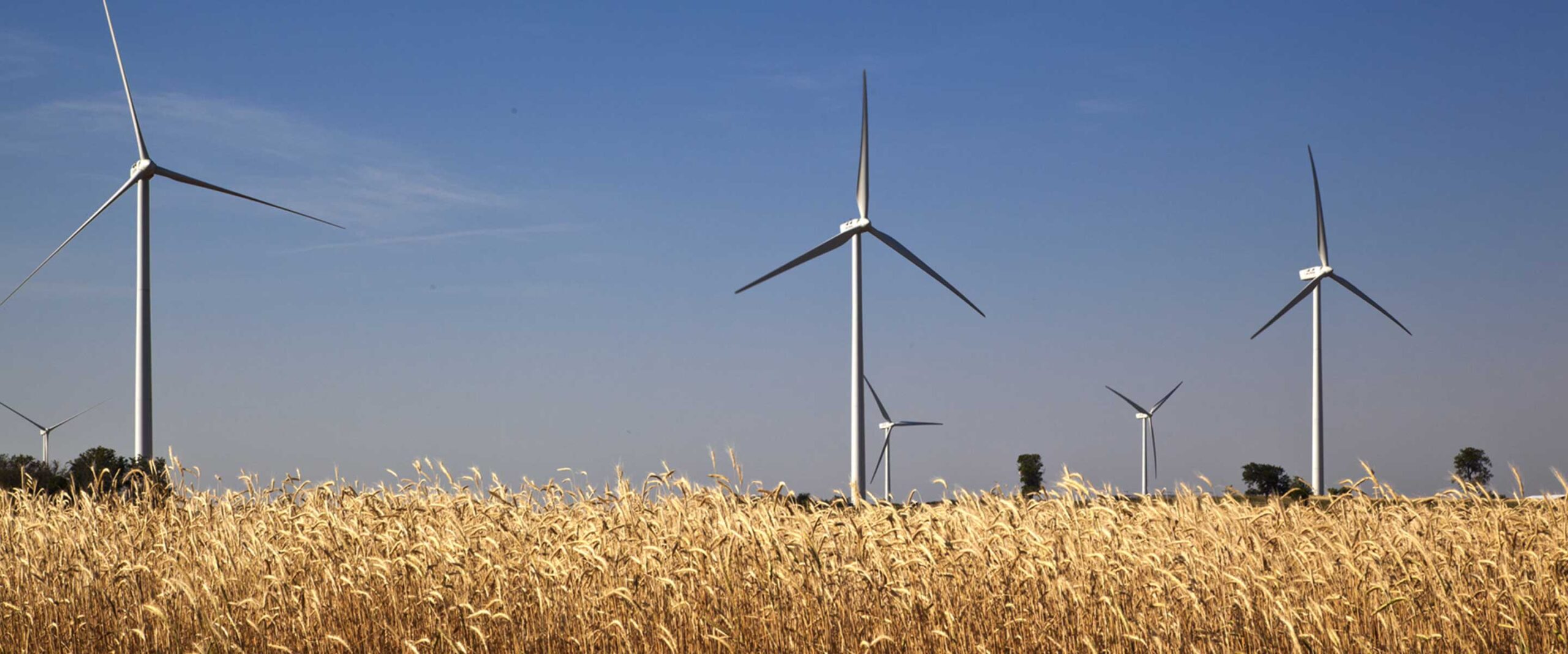
This wind farm generates enough renewable energy to power over 45,000 homes. By generating clean wind energy, this project reduces the USA’s heavy reliance on fossil fuels and avoids harmful CO2 emissions. Where & Why Over 80% of the energy used in the USA is generated from fossil fuels such...
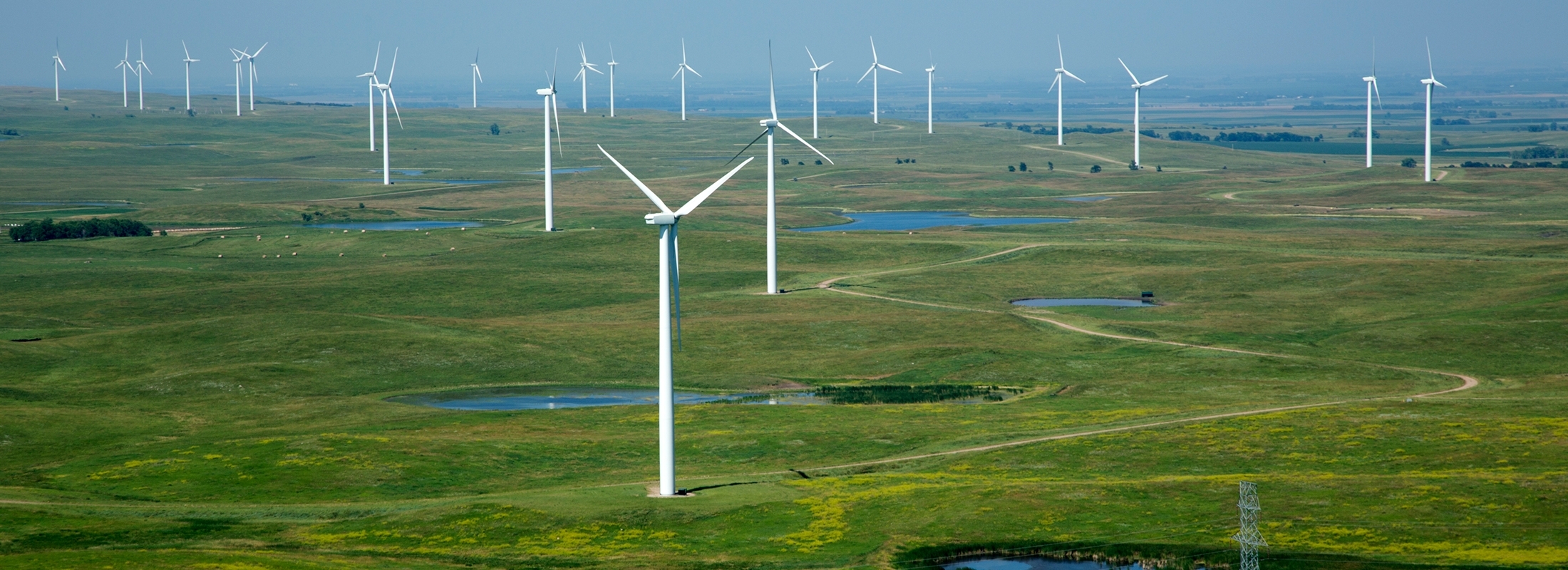
As their blades rotate in the strong South Dakota winds, the 108 turbines at Crow Lake Wind Farm generate clean electricity that displaces energy sourced from dirty fossil fuels. Along with avoiding emissions, the turbines are also used to educate students at a nearby technical college and prepare them for...
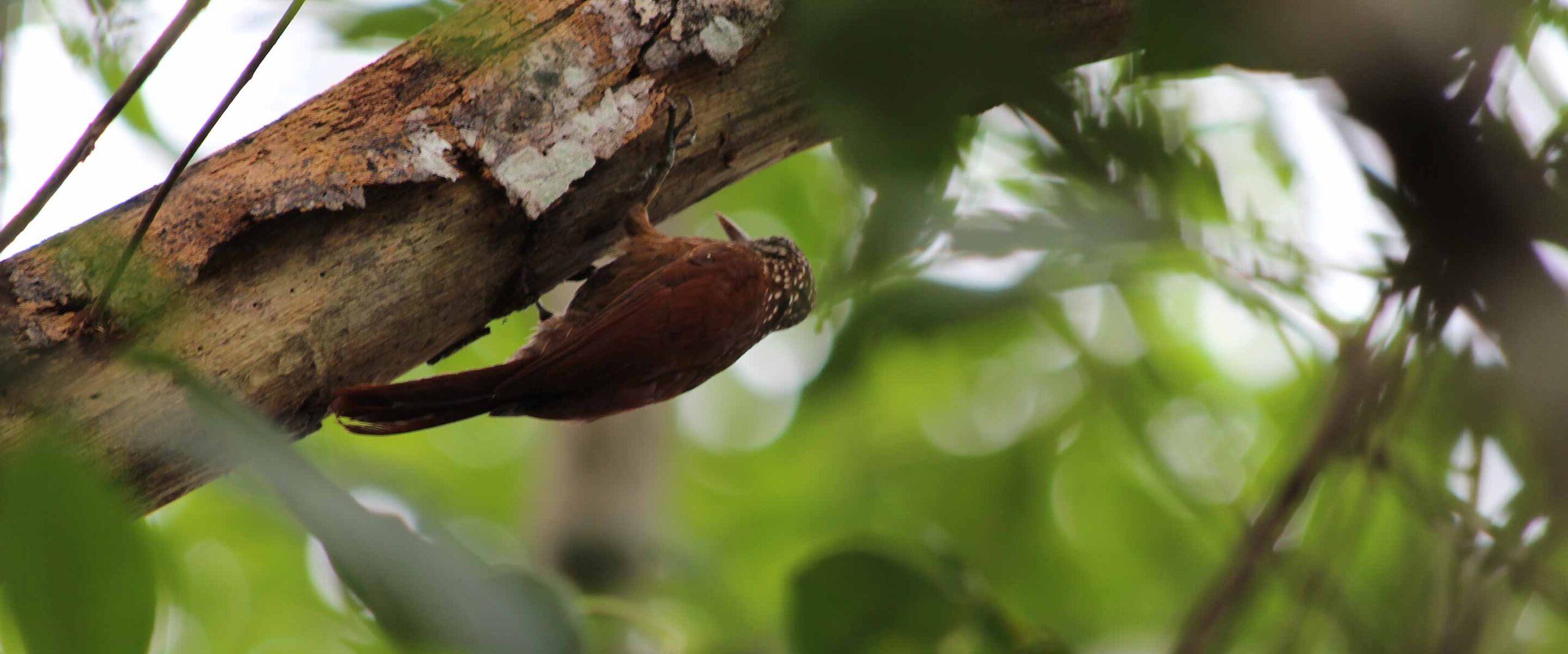
This community-based project avoids forest loss in the Amazonian ‘Arc of Deforestation’ by promoting sustainable use of an extractive forest reserve. Local families will gain income via the production of non-timber forest products and the project offers social benefits in health and education. Where & Why Located in the “Amazonian...
